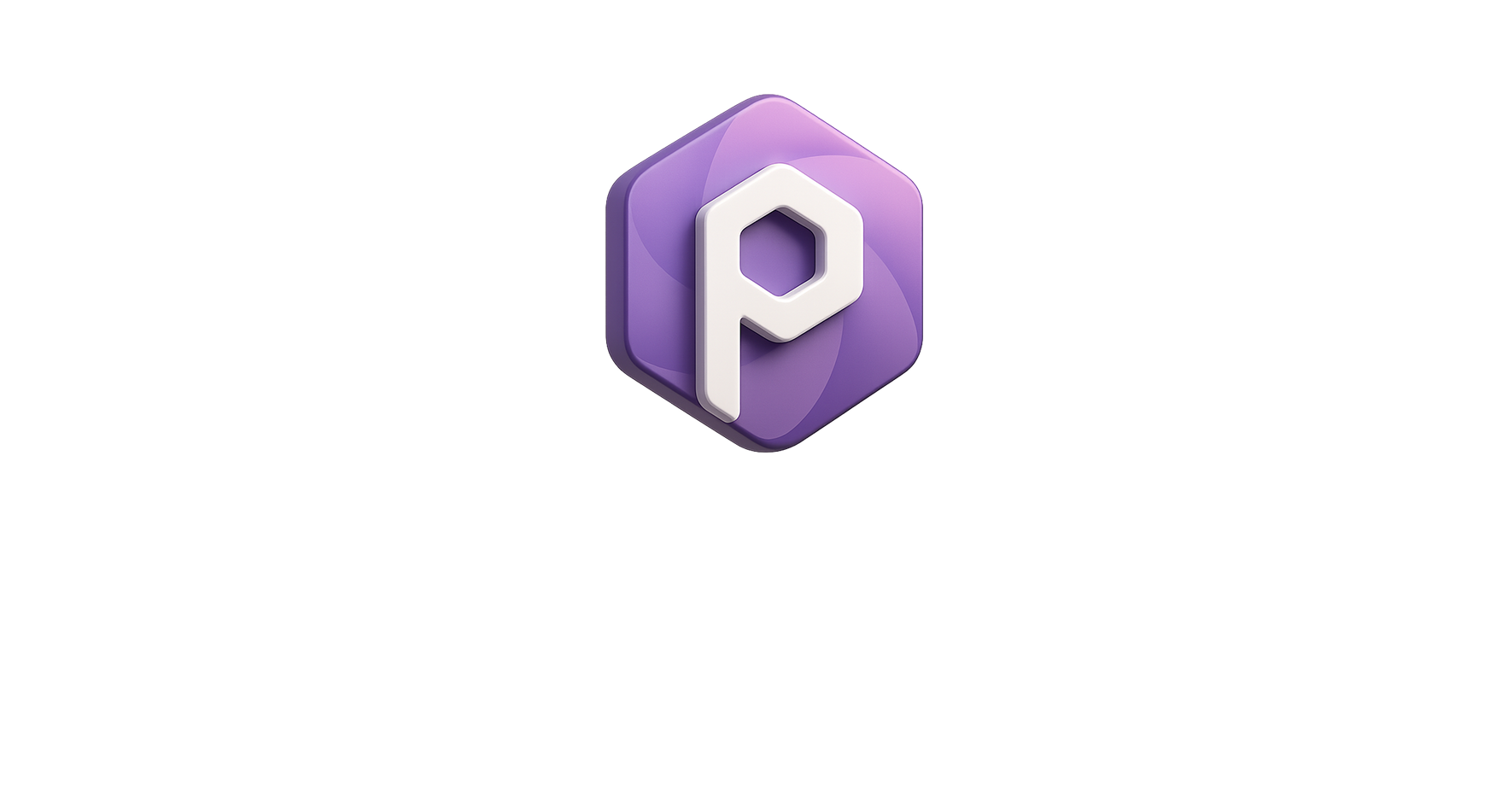Procurement Trends to Watch in 2025
Introduction
Procurement is no longer just about sourcing goods and services; it has evolved into a strategic function that contributes significantly to a business’s bottom line. With technology advancing at an exponential rate, the procurement function is undergoing rapid transformation. In 2025, we can expect several emerging trends to shape the future of procurement. This article highlights the key trends businesses should keep an eye on to stay ahead in the competitive market.
1. Artificial Intelligence and Machine Learning Integration 🤖
Artificial Intelligence (AI) and Machine Learning (ML) have already begun making their way into procurement processes, but in 2025, their influence will be even more pronounced. These technologies are expected to automate complex tasks, optimize decision-making, and provide deeper insights into procurement operations.
Tip: Embrace AI tools for data analytics and automation to enhance your procurement decision-making capabilities and reduce manual workloads.
2. Sustainable Procurement 🌱
Sustainability continues to be a major focus for businesses across all industries, and procurement is no exception. In 2025, companies will increasingly prioritize sustainability by choosing suppliers who demonstrate responsible practices, such as eco-friendly production methods, ethical sourcing, and a commitment to reducing their carbon footprint.
Tip: Implement sustainable sourcing practices by incorporating environmental criteria into your procurement process and evaluating suppliers based on their sustainability efforts.
3. Digital Procurement Platforms and Cloud Solutions ☁️
The rise of digital procurement platforms is one of the most significant changes the industry has seen in recent years. By 2025, more organizations will adopt cloud-based procurement software to manage their procurement activities more efficiently and cost-effectively.
Tip: Move to cloud-based procurement platforms that provide end-to-end visibility, automation, and real-time collaboration with suppliers and stakeholders. For instance, platforms like those offered by industry leaders such as Procurpal are enabling businesses to stay competitive while reducing procurement costs.
4. Blockchain for Transparency and Security 🔒
Blockchain technology is gaining traction as a means to enhance transparency and security in procurement. In 2025, blockchain is expected to play a crucial role in tracking the origin of goods, verifying contracts, and preventing fraud.
Tip: Explore blockchain technology to enhance security, transparency, and efficiency in your procurement processes, especially for high-value or sensitive purchases.
5. Supplier Collaboration and Risk Management 🤝
In 2025, businesses will move away from traditional transactional supplier relationships and focus more on collaborative partnerships. This trend emphasizes long-term, value-driven partnerships, where both buyers and suppliers work together to achieve shared goals, including cost savings, innovation, and risk mitigation.
Tip: Foster closer relationships with key suppliers by involving them in your strategic decisions and collaborating on innovation, quality improvement, and risk management initiatives.
6. Procurement as a Strategic Function 📊
Traditionally, procurement was viewed as a transactional function, but by 2025, it will be recognized as a key strategic area that directly contributes to a company’s success. C-suite executives will place more emphasis on procurement’s role in driving business growth, innovation, and competitive advantage.
Tip: Elevate the role of procurement within your organization by positioning it as a key player in strategic decision-making and aligning procurement goals with business objectives.
Final Thoughts
As we move toward 2025, procurement will continue to evolve at a rapid pace. From AI-powered decision-making to sustainable sourcing, businesses must stay ahead of the curve to remain competitive. By embracing these key trends, procurement teams can drive greater efficiency, enhance supplier relationships, and contribute to long-term business success. Stay informed and be prepared for the exciting changes that the future holds for procurement.




Leave a Reply